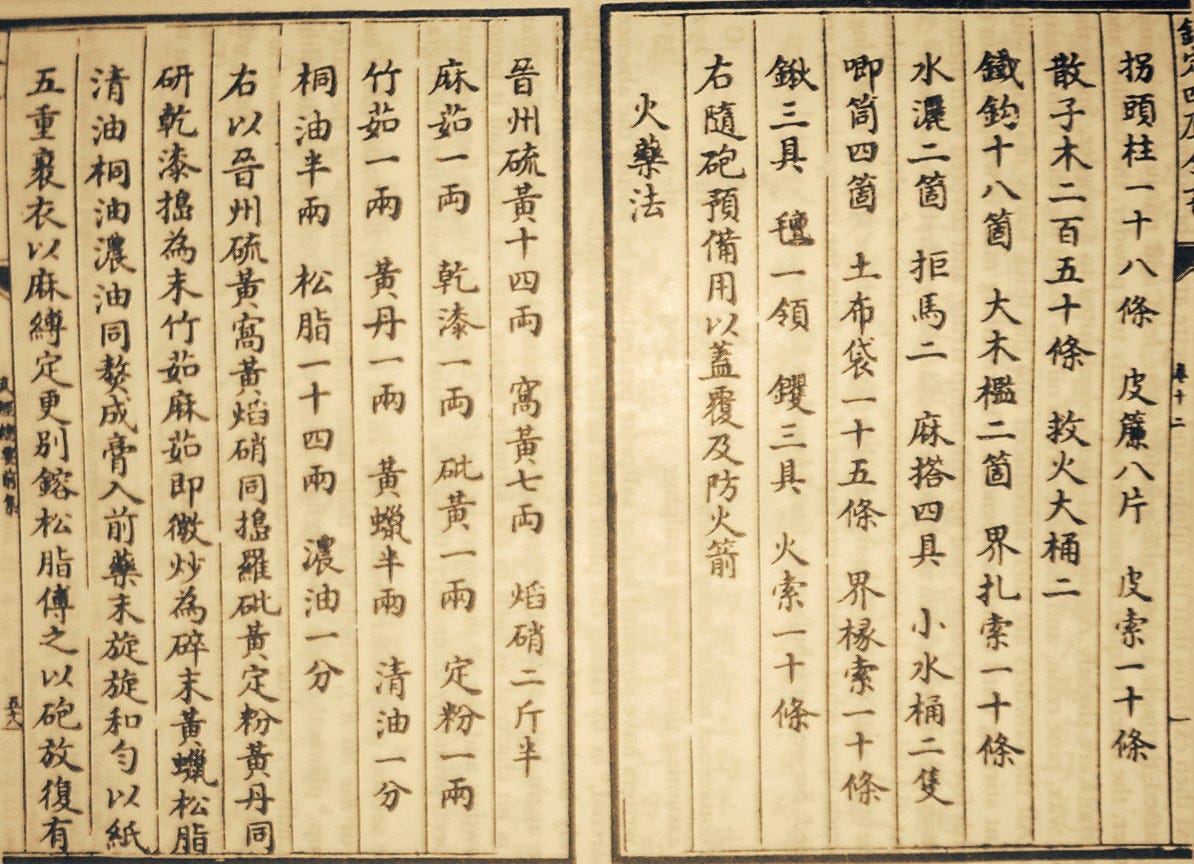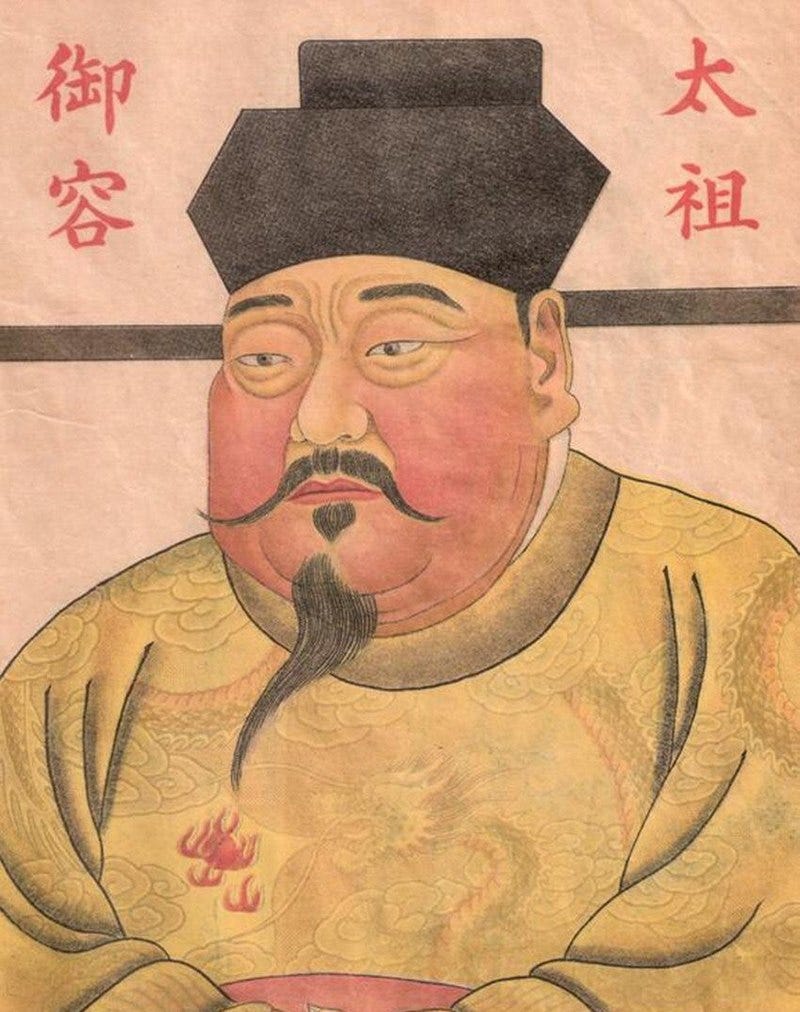In the West we tend to think (because we’re taught) that China is one big unified country where everyone speaks one language (okay, maybe two, with Mandarin and Cantonese the most notable) and lives under the rule of a single leader. Perhaps like a bigger version of the US or more populous Russia. Definitely not like India that has dozens of languages (twenty-two official ones) or Switzerland with its four (German, French, Italian, and Romansh – who knew that last one?). While China as we know it in modern times is huge and has the second largest population in the world (behind India), and has a long, well-document history dating back thousands of years (archaeology and written texts date back to at least 1600 BCE), it has not always been a unified country or even spoken a single traceable language. Linguistically, there are hundreds of variants of “Chinese,” most of them not mutually intelligible. Territorially, very rarely in its history has China been “unified,” and even during those times it never comprised domains anywhere near its modern borders. Still, on this date, 4 February 960, one of the times China was “unified” began when Emperor Taizu, founder of the Song dynasty, was crowned Emperor.
The Tang dynasty ruled China for close to 300 years, only falling in 907. During its early period, the dynasty was considered a golden age where art, literature, and technology all flourished, and Buddhism became the dominant religion. By the end of the dynasty rebellions and power struggles split China into numerous competing petty kingdoms. With the fall of the last Tang emperor in 907 there was an interregnum, a chaotic period of political upheaval and division known as the Five Dynasties and Ten Kingdoms. Those small kingdoms fought for control for close to 60 years until finally unified again under Emperor Taizu.
Born as Zhao Kuangyin in 927 to a military family, Emperor Taizu continued the family tradition and took up a military career. He particularly excelled at mounted archery, rising through the ranks of one of the kings of the Ten Kingdoms. He came to power as Emperor after staging a coup d'état and forcing the last petty dynastic ruler to abdicate. Once in power Taizu conquered (“unified”) much of the core coastal provinces. Though a military man, Taizu realized that the various military generals throughout China had too much control over politics, so to strengthen his control, he lessened their power and turned more toward civilian officials in administration.
This reform helped launch the Song dynasty into another golden age. Technology, science, philosophy, mathematics, and engineering flourished during the Song era. Under the Song, most of the civil service were recruited through exams (rather than patronage) and there were schools and academies that allowed for freedom of thought, which spurred the technological, scientific, and economic advancements. Perhaps the greatest achievements of the Song dynasty were the first use of paper banknotes and the invention of gunpowder. Artisans also invented moveable type – long before Gutenberg perfected it in the west.

Like all good things, though, the Song dynasty could not last. A rival family dynasty rebelled and split off much of the northern territory in 1127, leaving the Song ruling southern China. That family was besieged by the Mongol hordes of Genghis Khan and his armies by the early 13th century. (The Mongols were a pretty important force in the medieval period. You may recognize them getting a mention from a previous On This Date.) The final Song ruler and the dynasty fell to the forces of Genghis’ grandson, Kublai Khan, in 1279. The cycle of unity and fracture continued for hundreds of more years, right on into the modern era. But the Song period was fun while it lasted, and provided some innovations that changed history.




